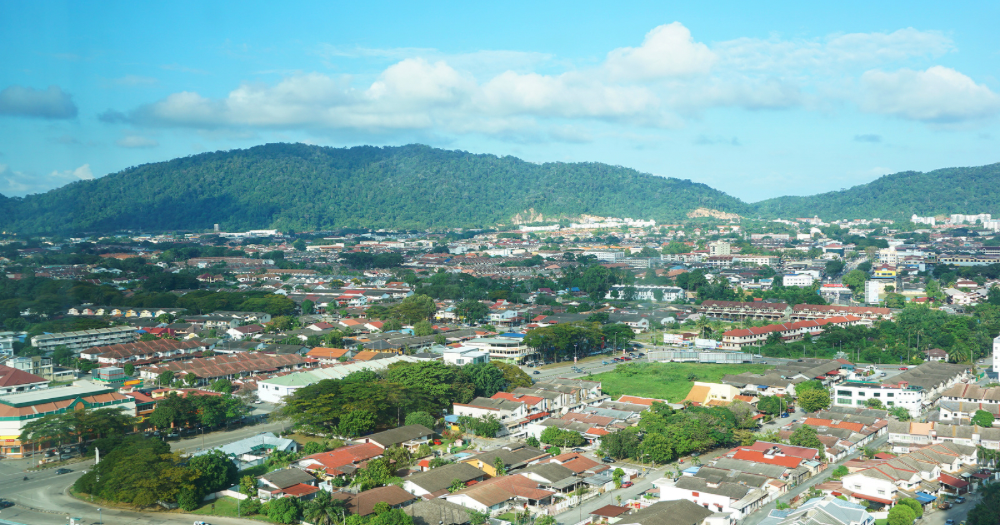Some parts of Malaysia are experiencing extreme heat, resulting in death cases.
A person died from heat stroke
The hot spell resulted in one death due to heat stroke reported in Pahang, Malaysia's National Disaster Management Agency (NADMA) said on Mar. 21, 2024. No further details were given about the case.
The hospitals are still attending to four heat-related cases, including a heat stroke and three heat exhaustion cases.
A total of 27 cases of heat-related illnesses were reported in Malaysia as of Mar. 20, with some patients having recovered from their illnesses. Five out of 27 patients are teenagers.
Eight cases were reported from Kedah, while seven were from Perak.
The Director-General of the Ministry of Health, Muhammad Radzi Abu Hassan, ordered outdoor activities to be suspended in schools located at Level 1 Heat Alert areas, The Star reported.
Level 1 Heat Alert in Malaysia is defined as a daily maximum temperature of 35 to 37 degrees Celsius for at least three consecutive days.
A notice by the Malaysian Meteorological Department warned that the hot and dry weather to continue till April.
Impact on water reserves and crops
Persistent hot and dry weather impacts not only health but also crop production and dam water levels.
NADMA also reported that two dams are now at critical water levels — 33.64 per cent for Sembrong Barat Dam in Johor and 35.80 per cent for Air Hitam Dam.
Farmers growing crops and rearing livestock are worried about challenges posed by hot and dry weather conditions.
Federation of Vegetable Farmers Associations president Lim Ser Kwee told The Star that there has been no rainfall in the past two weeks, resulting in a drop in river water levels.
Leafy vegetables, which usually take 30 days to mature, are taking a few days longer to mature due to reduced watering. Some vegetables withered as a result of the hot and dry weather, Lim added.
Malaysia Aquaculture Development Association president Benedict Lim Chin Khian also said that the rise in water temperature could stress aquatic creatures like shrimp and fish.
A less predictable weather pattern causes drastic changes to water quality, such as the pH and ammonia levels, making aquaculture harder.
Top image from Canva
If you like what you read, follow us on Facebook, Instagram, Twitter and Telegram to get the latest updates.



